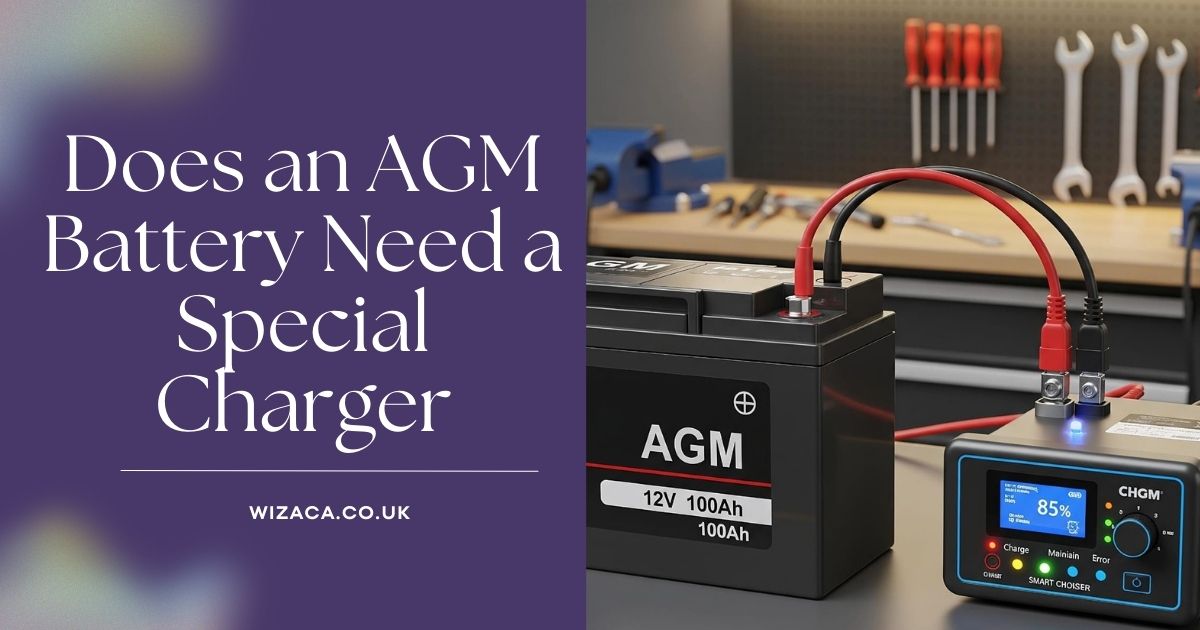The auto start-stop feature in modern cars is designed to improve fuel efficiency and reduce emissions by automatically shutting off the engine when the car is idling (such as at stoplights or in traffic) and restarting it when the driver is ready to move. While this feature can help save fuel, many car owners wonder whether it puts extra strain on the car’s battery and if it could drain the battery faster. In this article, we’ll explore whether the auto start-stop system drains the battery, how it works, and the impact it has on the battery’s lifespan.
How Does Auto Start-Stop Work?
The Purpose of Auto Start-Stop
The auto start-stop system automatically turns off the engine when the vehicle comes to a complete stop, like at a red light or in traffic, and restarts it when the driver presses the accelerator to move again. The goal of this system is to save fuel by reducing idle time when the engine is running but the vehicle is not moving.
While the engine is off, the battery and alternator continue to provide power for essential electrical functions such as the lights, air conditioning, and the radio. Once the driver is ready to move again, the system quickly restarts the engine to get the vehicle going.
Does Auto Start-Stop Drain Your Battery?
The Impact on the Battery
While the auto start-stop feature does place more demand on the battery, it is not designed to drain the battery significantly. Here’s why:
- High-Performance Battery: Vehicles equipped with auto start-stop systems typically use high-performance batteries that are specifically designed to handle the increased demand. These batteries are more durable than standard batteries and are built to withstand the frequent cycling that occurs when the engine turns off and restarts.
- Frequent Recharging: The alternator is responsible for recharging the battery while the engine is running. When the car is driving, the alternator works to keep the battery charged. The alternator’s charging capabilities are designed to handle the power demands of the car’s electrical systems, including the auto start-stop system. The battery is kept topped off to ensure it can handle the next engine start.
- Smarter Battery Management: The battery management system (BMS) in cars with auto start-stop monitors the health of the battery and ensures that it is properly charged. If the battery is at a lower charge level, the system may delay the engine restart or even disable the auto start-stop feature temporarily to preserve the battery’s charge.
- Battery Health Monitoring: In some vehicles, the auto start-stop system will not engage if the battery is not at an optimal charge level. This prevents the system from constantly draining the battery and ensures that the battery remains functional for other essential vehicle functions.
Can Auto Start-Stop Cause Battery Drain Over Time?
While the auto start-stop feature is designed to be gentle on the battery, there are certain conditions under which the system may lead to battery wear over time:
- Frequent Use of Auto Start-Stop: In city driving, where the car stops and starts frequently, the battery will be used more often to restart the engine. Over time, this increased demand can cause battery wear, especially if the battery is older or not maintained properly.
- Extreme Temperatures: Extreme temperatures, whether very hot or cold, can affect the performance of your vehicle’s battery. Cold weather can reduce the battery’s ability to hold a charge, while excessive heat can cause the battery to degrade faster. If the battery is already weakened by extreme temperatures, the frequent starting and stopping could potentially lead to quicker deterioration.
- Old or Low-Quality Battery: If the battery is already old or of lower quality, it may struggle to handle the frequent cycles of the auto start-stop system. Over time, this can lead to reduced battery life and more frequent issues with starting the vehicle.
How to Prevent Excessive Battery Drain
To prevent excessive wear on the battery due to the auto start-stop system, consider these tips:
- Maintain the Battery: Regularly check the battery’s health, especially if your car is equipped with auto start-stop. If the battery is showing signs of wear or is more than a few years old, it may need to be replaced.
- Drive Regularly: If you use your vehicle for short trips only, the battery may not have enough time to recharge. Try to drive longer distances occasionally to allow the alternator to fully recharge the battery.
- Check for System Malfunctions: If your auto start-stop system seems to be engaging and disengaging at unusual times, or if the engine is slow to restart, it could indicate a malfunction in the system or battery. Have the system checked by a professional if necessary.
Conclusion
In conclusion, auto start-stop does place additional strain on the battery, but the system is designed with high-performance batteries and advanced management to prevent excessive battery drain. While there is some increased wear due to the more frequent use of the battery, the system typically does not cause significant damage if the battery is properly maintained.
For optimal performance, make sure your vehicle’s battery is in good condition, and take steps to preserve battery health, such as driving regularly and monitoring battery performance. The auto start-stop system is intended to improve fuel efficiency and reduce emissions, and with the right care, it shouldn’t significantly shorten the lifespan of your vehicle’s battery.










